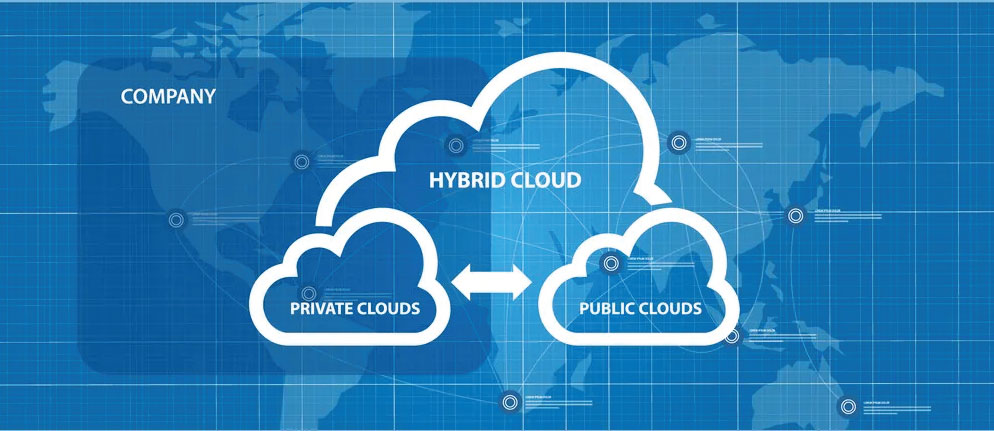Cloud based infrastructure is becoming the de facto standard to deploy applications. Private clouds and public clouds are two different models for delivering cloud computing services.
Private Cloud
Private clouds are infrastructure that is dedicated to a single organization and is typically located on-premises or at a data center that is managed by the organization or a third party.Private clouds offer the benefits of cloud computing, such as scalability, flexibility, and cost savings, but with the added control and security of having the infrastructure dedicated to a single organization. Private clouds can be managed by the organization itself or by a third-party provider. Some ways to build a private cloud include: Use software from companies like VMware, Nutanix, Redhat, Suse, Edgebricks on top of standard servers. These softwares come with different degrees of management complexity, feature set and ease of use. You should see which one is best suited to your applications and their requirements.
Public cloud
Public clouds, on the other hand, are infrastructure that is owned and operated by a third-party cloud service provider and is made available to multiple organizations over the internet. Public clouds offer the benefits of cloud computing, such as scalability, flexibility, and cost savings, but with the added convenience of not having to manage the infrastructure yourself. Public cloud providers typically offer a variety of services, such as storage, computing, and networking, on a pay-per-use basis. Some common examples include: AWS, Azure, GCP, Digital ocean, Oracle cloud, IBM cloud and many other smaller vendors. AWS, Azure and GCP are also called as hyperscalars as they operate a very scale infrastructure across dozens of regions and availability zones. They also offer a lot of managed services for databases, queues, logging, metrics, key-value stores that can significantly reduce the time to build and deploy a production application. In most cases, there is equivalent software you can run on a private cloud but it requires a team of experts who know how to deploy and manage that service.
Hybrid Cloud
A hybrid cloud infrastructure is a combination of both public and private clouds, with the ability to seamlessly move workloads between the two. It allows an organization to use the best of both worlds, leveraging the scalability, cost benefits, and flexibility of the public cloud, while also maintaining control over sensitive or critical workloads in a private cloud. In a hybrid cloud setup, the public cloud is typically used for workloads that require high scalability or that can take advantage of the on-demand resources available in the public cloud. The private cloud, on the other hand, is typically used for workloads that require high levels of security or compliance, or that need to be run on dedicated resources. The two clouds are connected through a secure network (such as VPN tunnel), allowing data and applications to be easily moved between them. This allows organizations to take advantage of the benefits of both public and private clouds, while still maintaining control over their IT infrastructure. There are trade-offs to consider when deciding between a private cloud and a public cloud. Private clouds offer more control and security, but can be more expensive to set up and maintain. Public clouds are generally more convenient and cost-effective in some cases, but may not offer the same level of control and security as a private cloud. For most organizations a hybrid cloud is the best approach as long as they can figure out a way to get a private cloud going with minimal operational complexity or get it from a third party at a reasonable cost.

